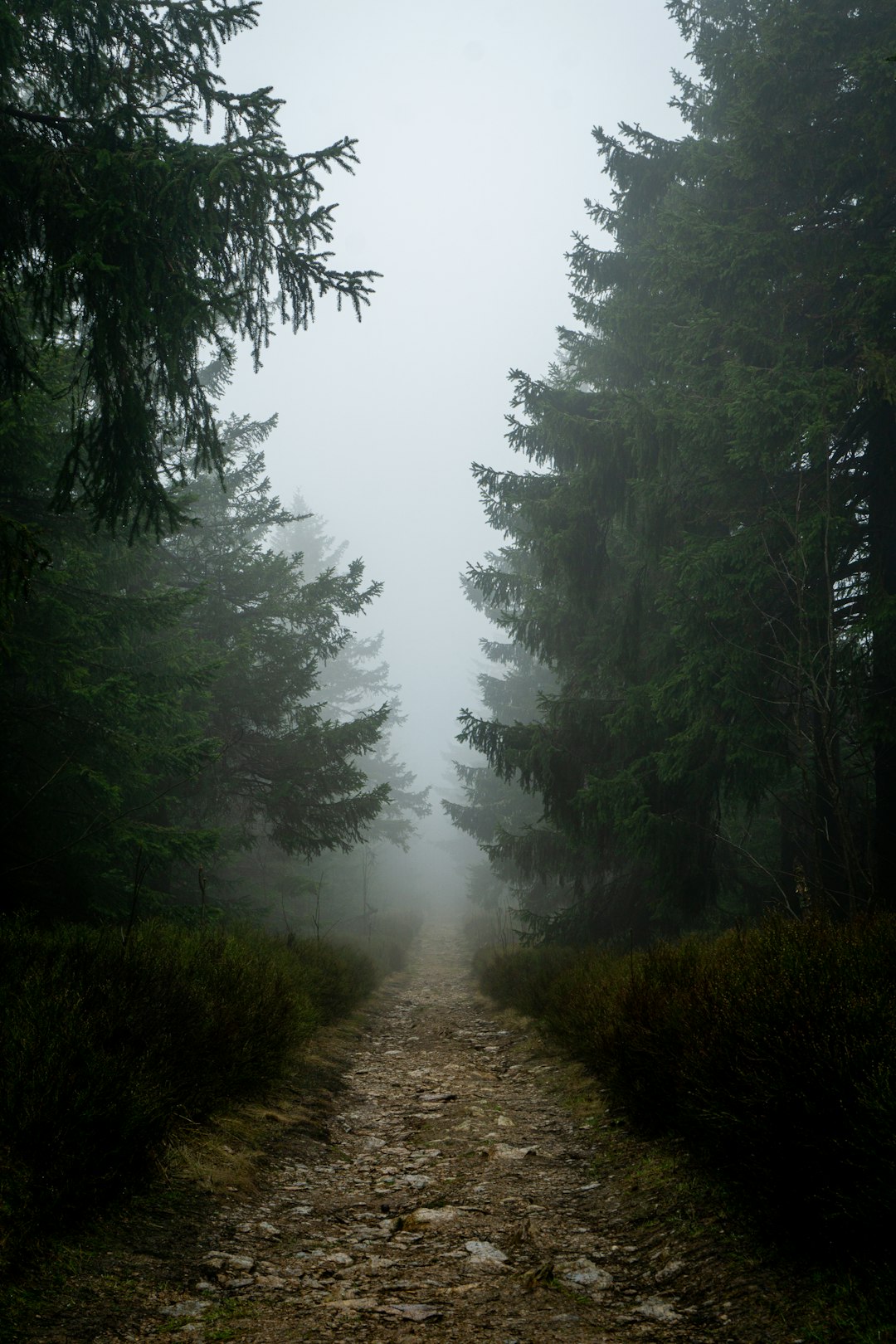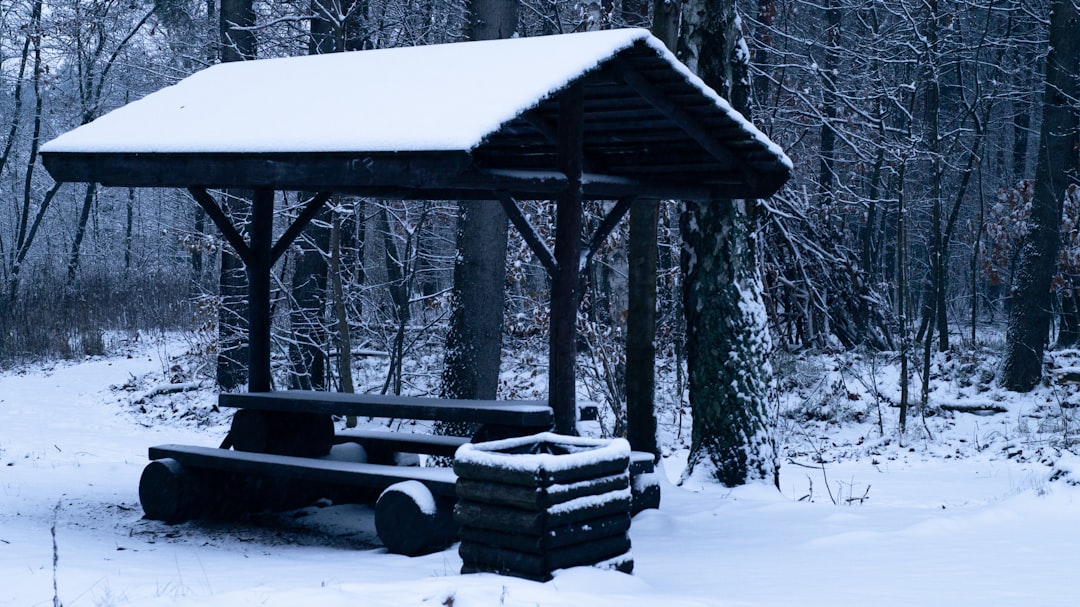Securing a remote cabin presents a unique challenge. With limited or no internet access, unpredictable weather conditions, and power constraints, ensuring peace of mind when you’re miles away isn’t as simple as installing a typical home security system. That’s where offline security cameras come into play. These rugged solutions are tailored for off-grid environments, offering smart features without the need for Wi-Fi or a constant power source. In this article, we dive deep into how offline security cameras make remote cabin monitoring not only possible but reliable and effective.
Why Offline Security Cameras for Remote Cabins?
Traditional security cameras depend heavily on network connectivity and stable electricity. In contrast, cabins located in the woods, mountains, or other rural areas often lack these luxuries. Offline security cameras are specially designed to operate autonomously. These cameras can:
- Record video without an internet connection
- Run on alternative power sources like batteries or solar panels
- Operate under extreme weather conditions
Whether it’s for monitoring wildlife activity, checking for intruders, or ensuring your cabin remains undisturbed during the off-season, offline cameras offer security you can count on—even beyond the reach of Wi-Fi routers and power lines.
Power Solutions for the Unplugged Cabin
The cornerstone of an offline security camera system lies in its ability to operate without traditional power. Understanding the different power solutions is vital.
1. Battery-Powered Cameras
Many offline cameras use high-efficiency lithium-ion batteries that can last for months. These cameras often go into sleep mode when idle and activate when motion is detected, maximizing battery life. Some even send low-battery alerts to your mobile device when you’re back in range.
2. Solar-Powered Cameras
Solar power is an ideal solution for long-term, sustainable surveillance at a cabin. Solar-powered cameras use a small panel to continuously charge the camera’s battery during daylight hours. This makes them perfect for long-term use without frequent maintenance.
When using a solar-powered camera, be sure to:
- Place the solar panel in a location with adequate sunlight
- Choose models with built-in battery backup for cloudy days
- Regularly clean the panel to ensure efficient charging

3. External Power Banks and Generators
If you visit your cabin frequently or have a small generator, external USB power banks or low-consumption fuel generators can also power security cameras. These methods are less sustainable long-term, but they allow flexibility when solar or battery options aren’t feasible.
Recording Without the Cloud: Local Storage Options
Unlike internet-connected systems that stream video to the cloud, offline cameras rely on local storage. This is usually done through SD cards or wireless local network drives. Here’s how each works:
1. SD Card Storage
Most offline security cameras include built-in microSD card slots. Depending on the camera’s resolution and activity level, a 128GB card can store several weeks’ worth of motion-triggered clips.
To maximize your storage:
- Use a high-endurance SD card designed for frequent writing
- Set cameras to record only upon motion detection
- Periodically retrieve and backup footage when visiting the cabin
2. DVR and NVR Setups
If your cabin has some level of infrastructure, you might consider setting up a DVR (Digital Video Recorder) or NVR (Network Video Recorder) system with wired cameras. These systems store hours of footage on internal hard drives and don’t need internet access to operate. They are ideal for more complex security setups but require more installation effort and power solutions.
Weatherproofing: Preparing for the Elements
Remote locations often face challenging and varied weather conditions—everything from snowstorms and downpours to blazing sun and dust storms. Ensuring that your security camera system is weatherproof is vital to its longevity and reliability.
1. Ingress Protection (IP) Ratings
Always check the IP (Ingress Protection) rating of a camera. This is a standard indicator of how well the device is protected against solids and liquids. For outdoor use, look for a minimum of IP65 or higher. IP67-rated cameras can withstand full water immersion and heavy dust, making them ideal for harsh environments.
2. Operating Temperature Ranges
Be sure the camera can operate within the temperature range expected at your cabin. Many models function between -4°F to 122°F (-20°C to 50°C), but extreme climates may require specialized gear.
Additionally, use cameras with weather-sealed charging ports and waterproof housings to protect against moisture and humidity.

3. Camera Housing and Mounting Position
Placement plays a significant role in weatherproofing. Always mount cameras under eaves or in protective enclosures to reduce direct exposure to heavy rain, snow, or sunlight. Some cameras also come in rugged casings designed to blend into their surroundings while still offering a sealed and well-ventilated design.
Features to Look For in an Offline Security Camera
Choosing the right offline camera involves more than just selecting a waterproof object with a battery. Here’s a checklist of must-have features for remote monitoring:
- Motion Detection: Triggers recording and saves battery life
- Night Vision: Infrared LEDs or starlight sensors for clear night recording
- Time-Lapse: Gives landscape or wildlife overview between visits
- Two-Way Audio: Added security and communication if someone’s at the door
- Mobile Access: Some cameras offer local Bluetooth or short-range Wi-Fi access for review whenever you visit
Installation Tips for Remote Security Cameras
When installing your offline security system, keep the following tips in mind to get the most from your setup:
- Use elevated mounting positions to provide a wide viewing angle and reduce chances of tampering
- Secure your camera with anti-theft brackets or locking mechanisms, especially if your cabin is accessible
- Label storage media and keep spare SD cards or batteries cached in a secure spot inside the cabin for maintenance
- Check or replace desiccant packets in camera cases to prevent internal moisture buildup
Top Offline Camera Brands and Models for Remote Cabins
While many brands offer offline options, some models are better suited for the rugged demands of off-grid living. Here are a few standouts:
- Reolink Go Plus: Solar-powered, LTE-enabled (optional SIM card), 2K resolution, weatherproof
- Arlo Go: Battery-operated, works with LTE, offers local SD card storage
- Vosker V150: LTE-enabled, completely wireless, optimized for outdoor use
- Blink Outdoor: Budget-friendly, long battery life, local storage via Sync Module
Conclusion: Peace of Mind When You’re Miles Away
Offline security cameras are more than just an accessory—they’re essential tools for cabin owners who want to monitor and protect their property, wildlife, or gear in remote areas. By leveraging options that don’t rely on internet, that power themselves sustainably, and that can brave even the roughest storms, you’re investing in ongoing peace of mind.
Before choosing a model, carefully assess your power accessibility, storage needs, and environmental conditions. With the right plan and setup, you’ll have eyes on your sanctuary no matter how far off the map it might be.
